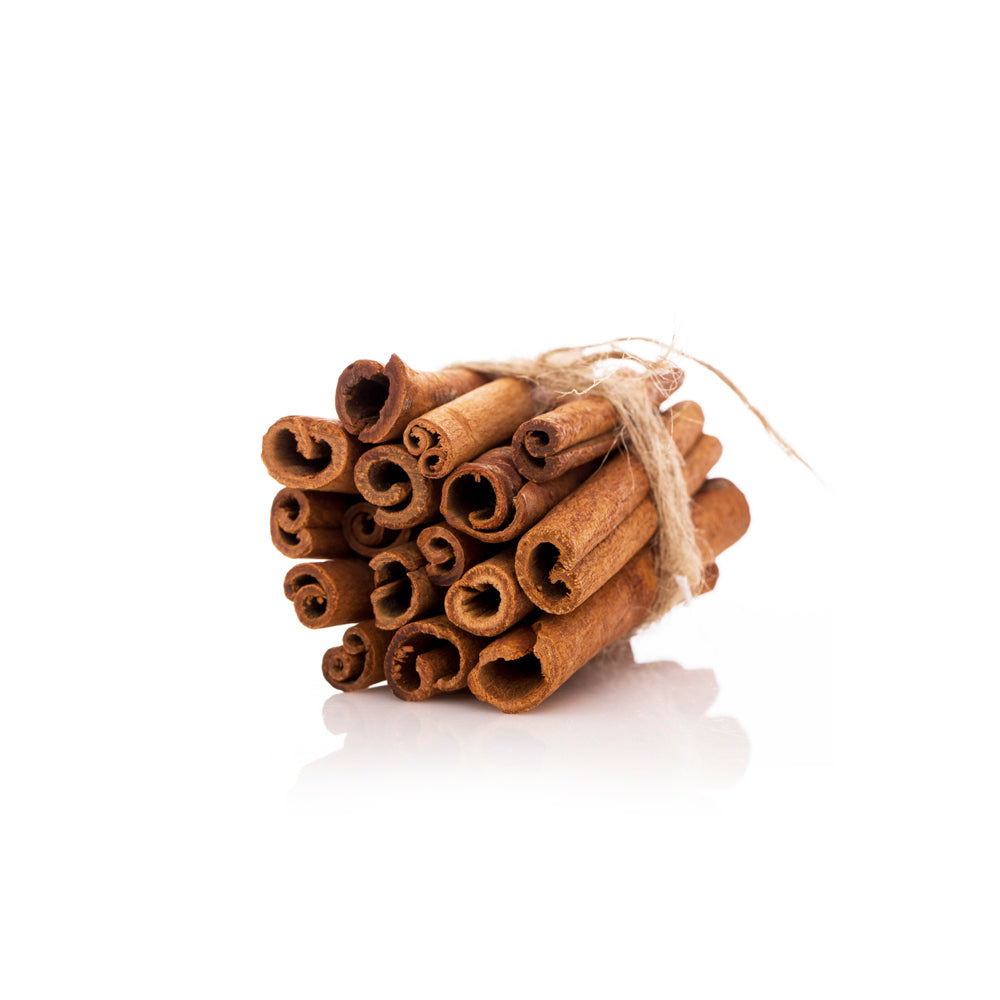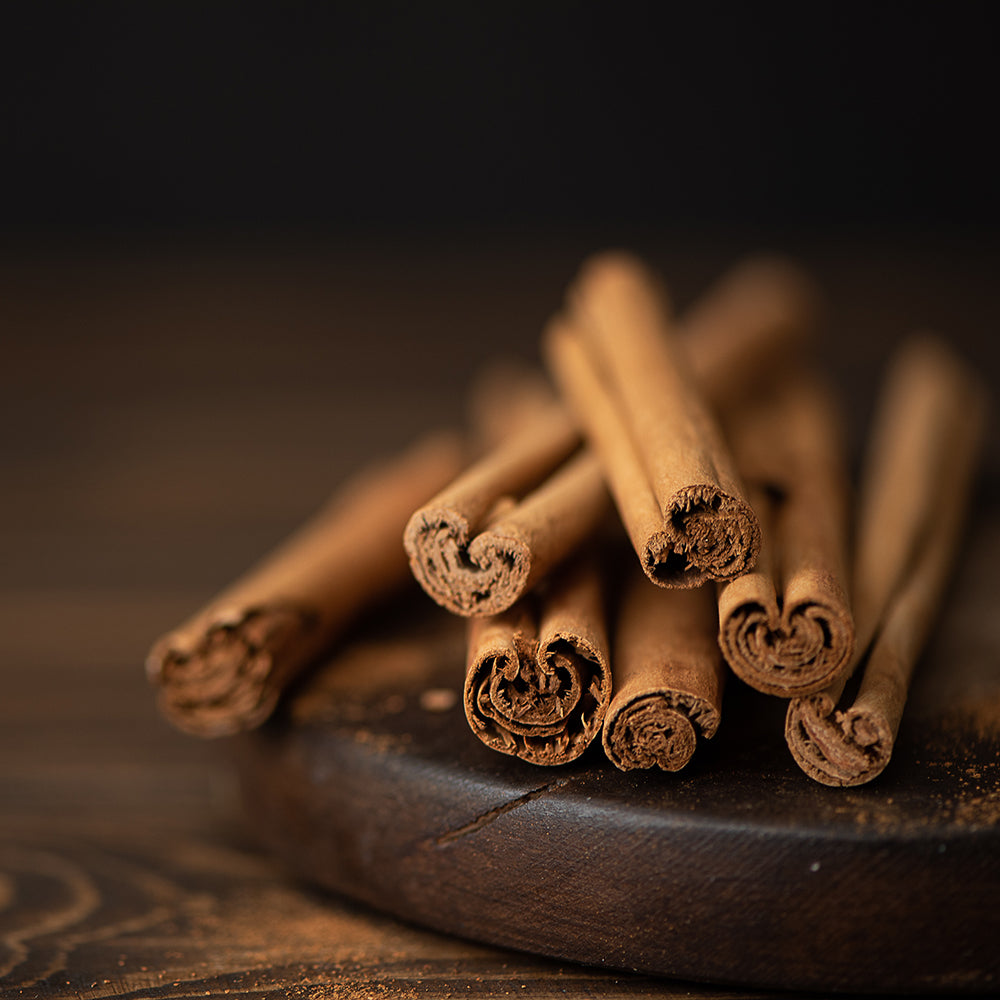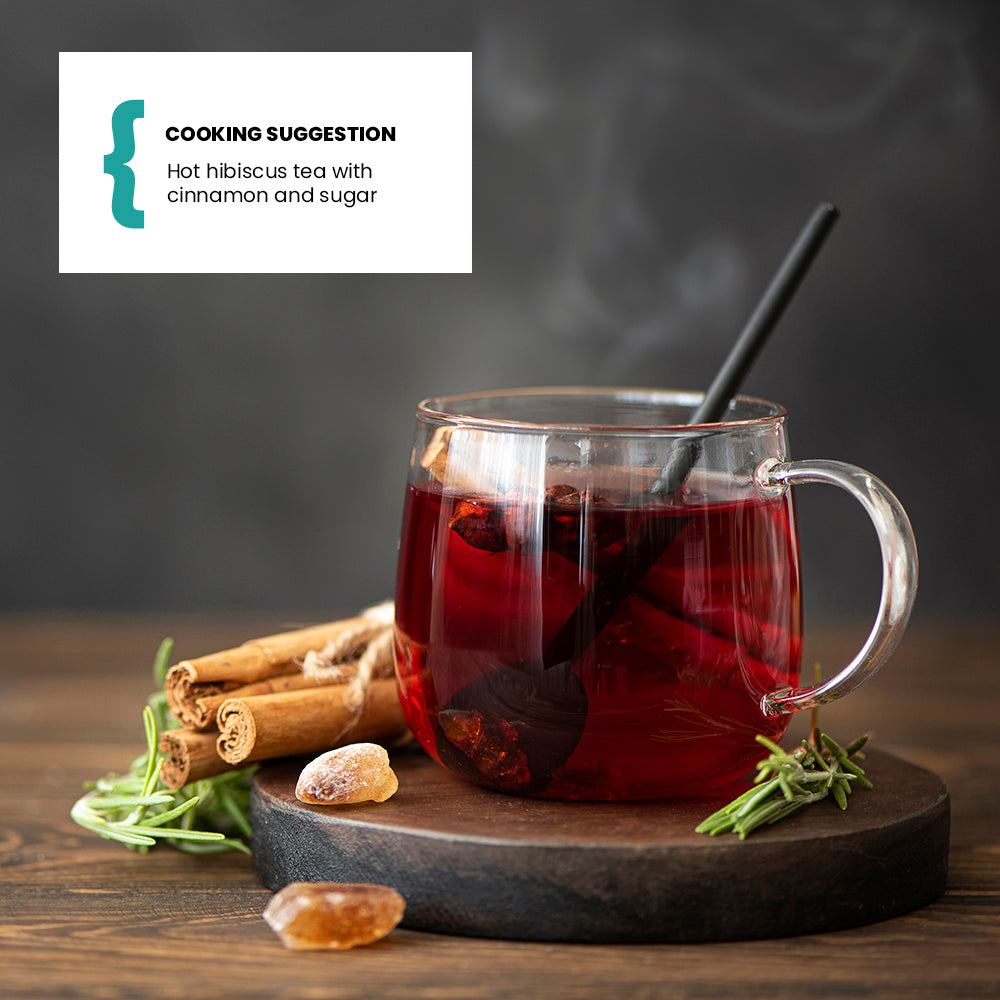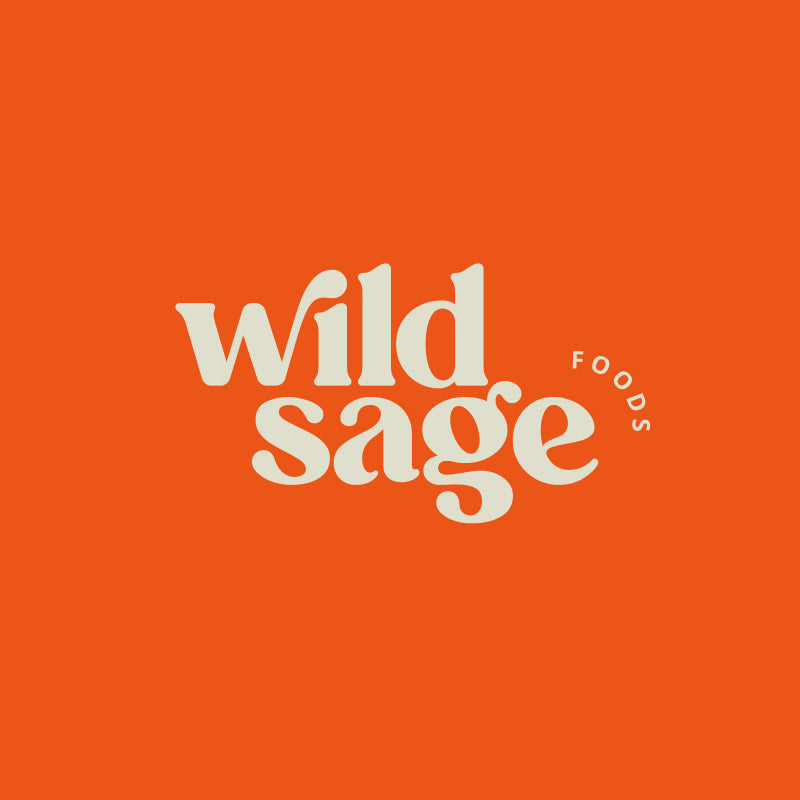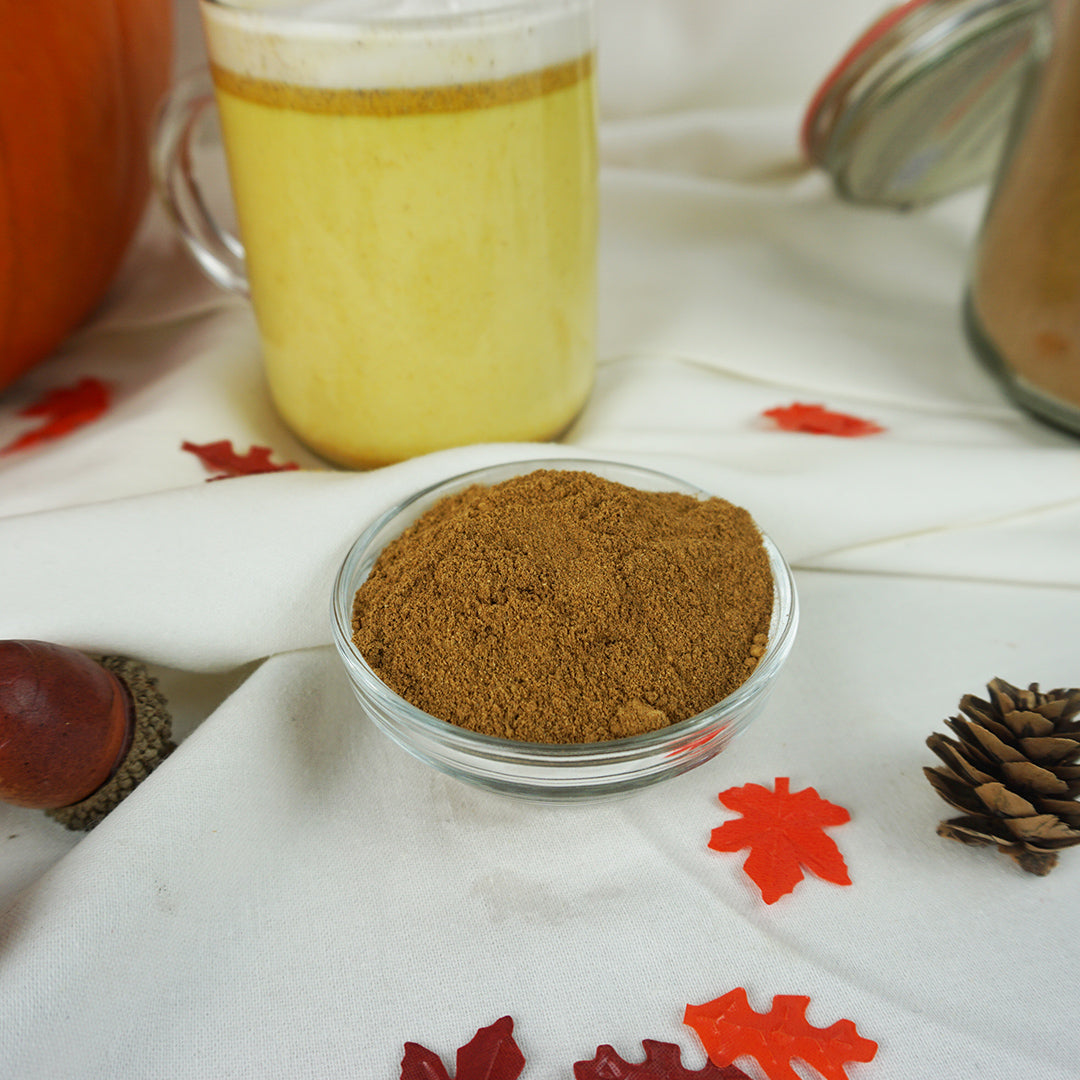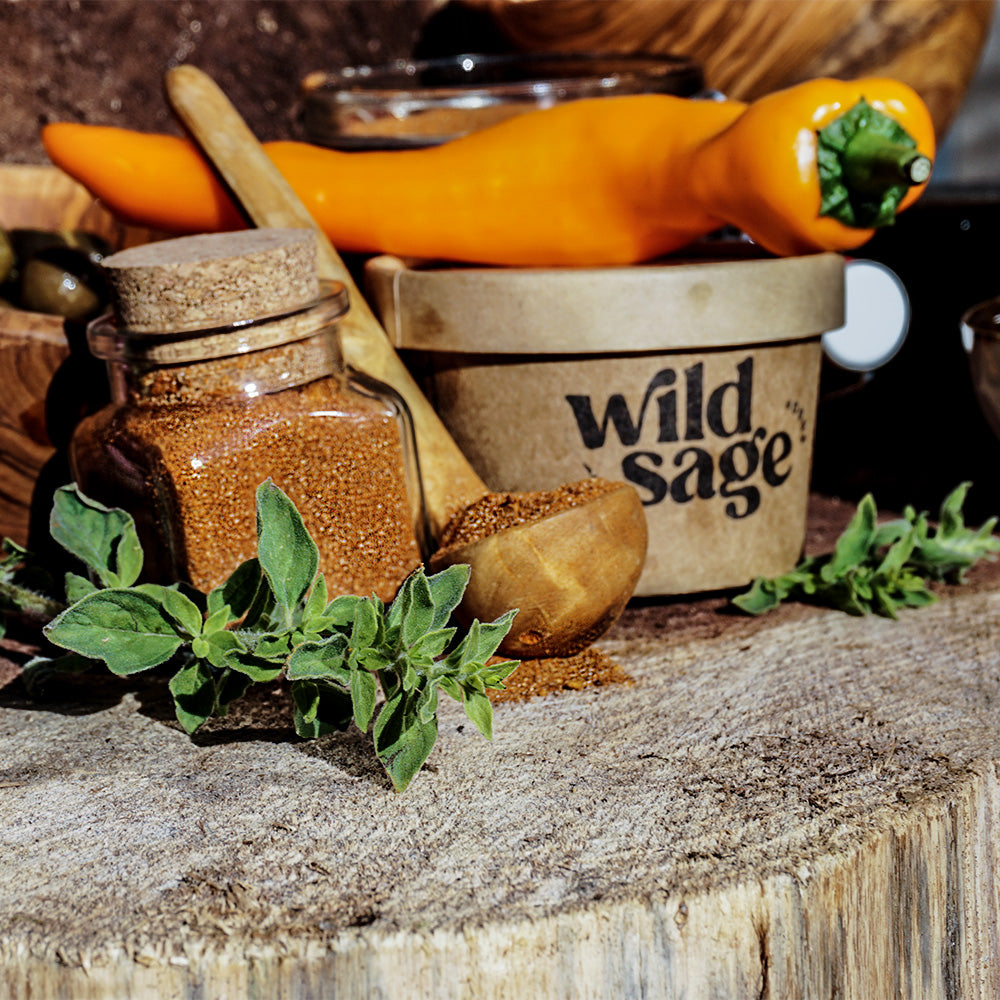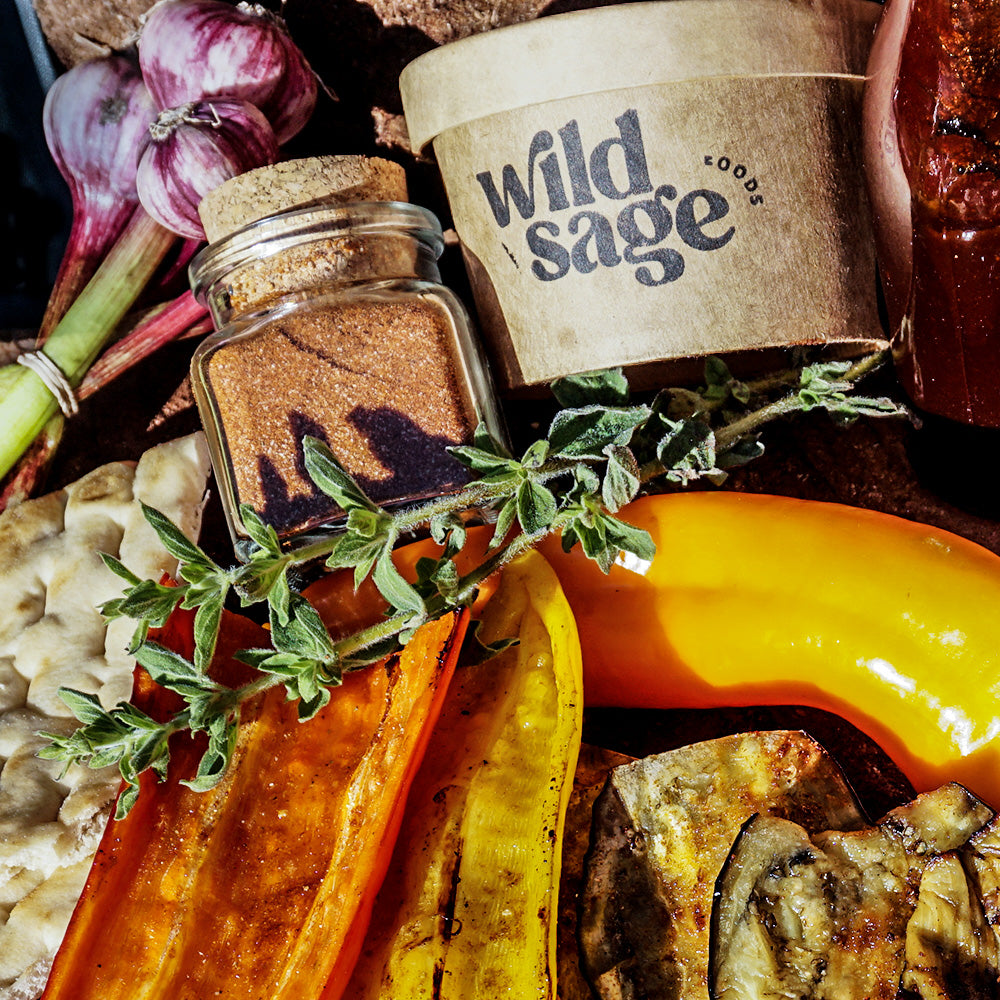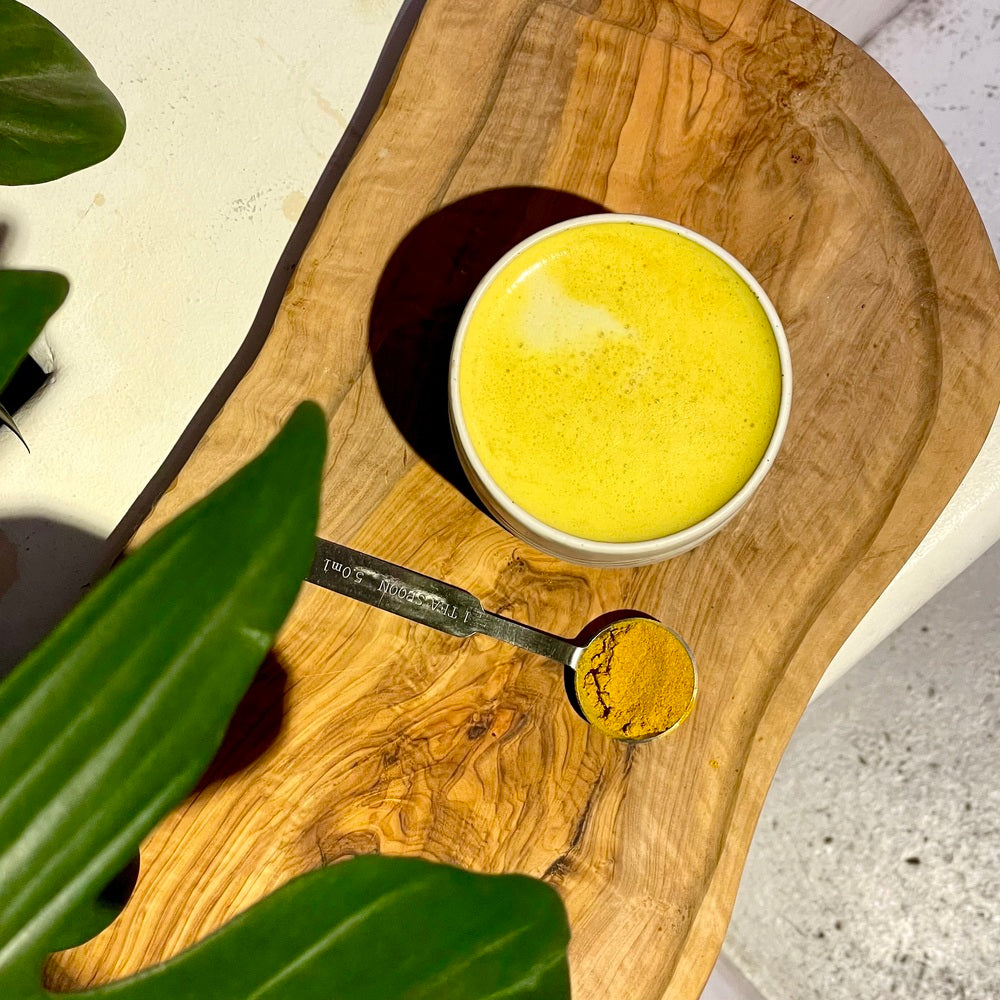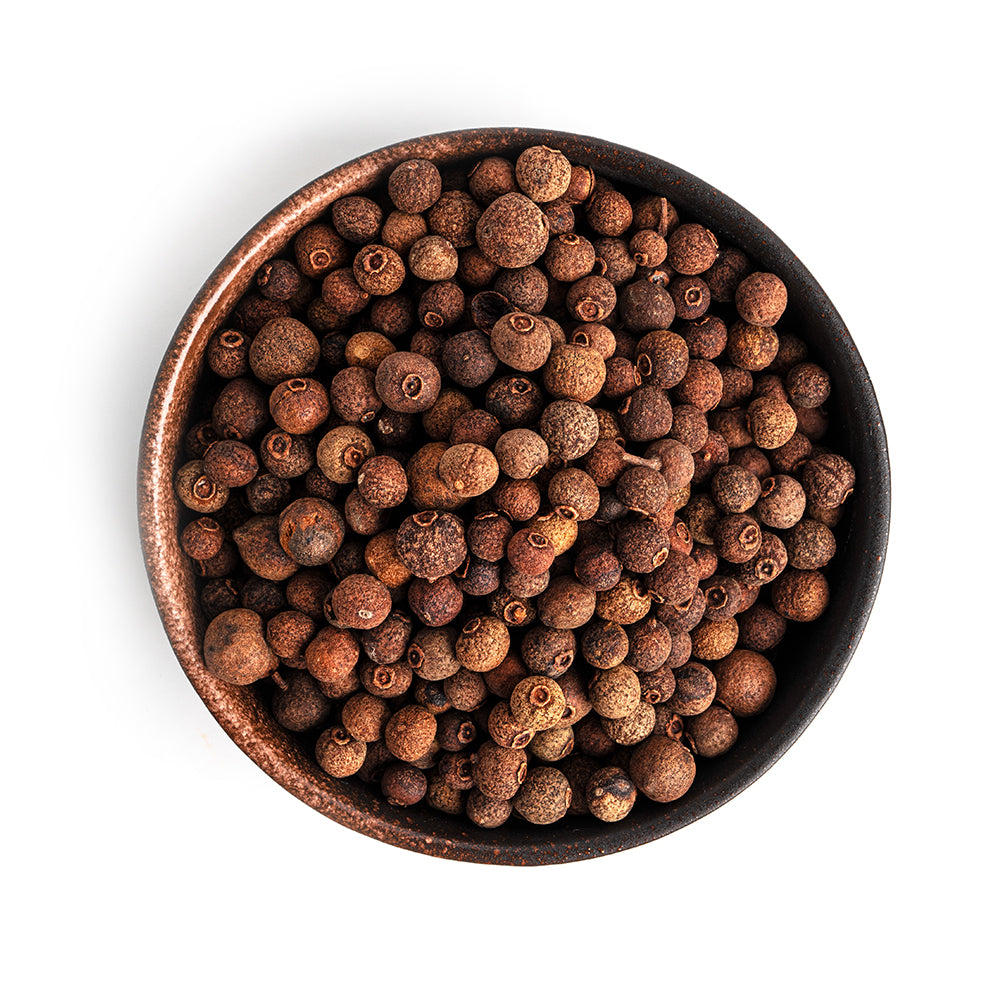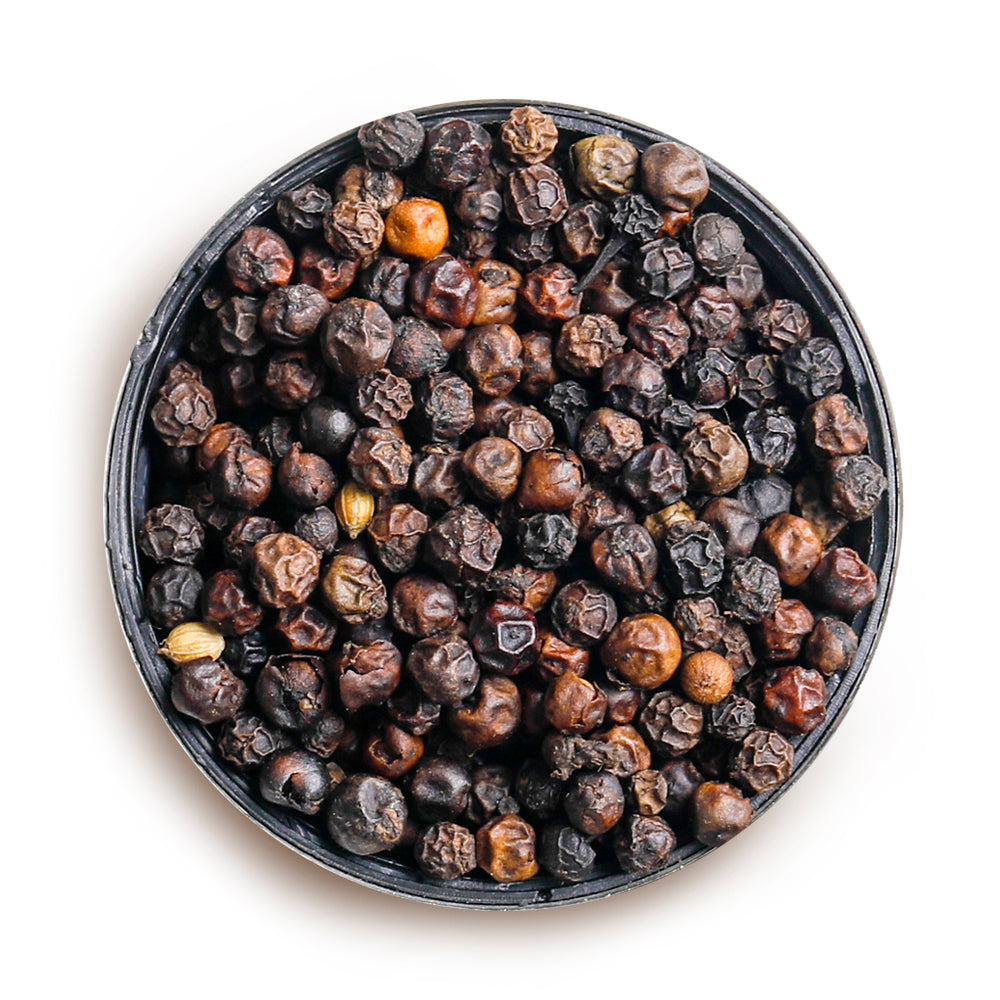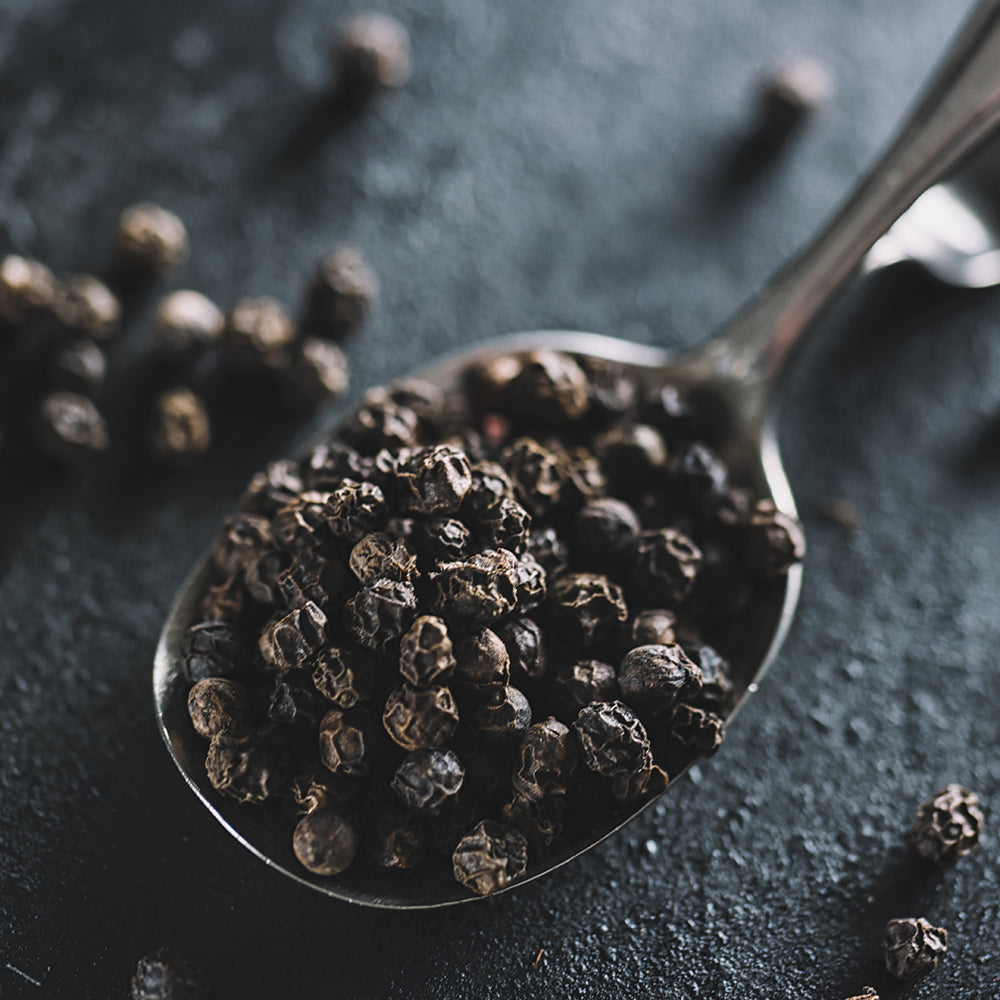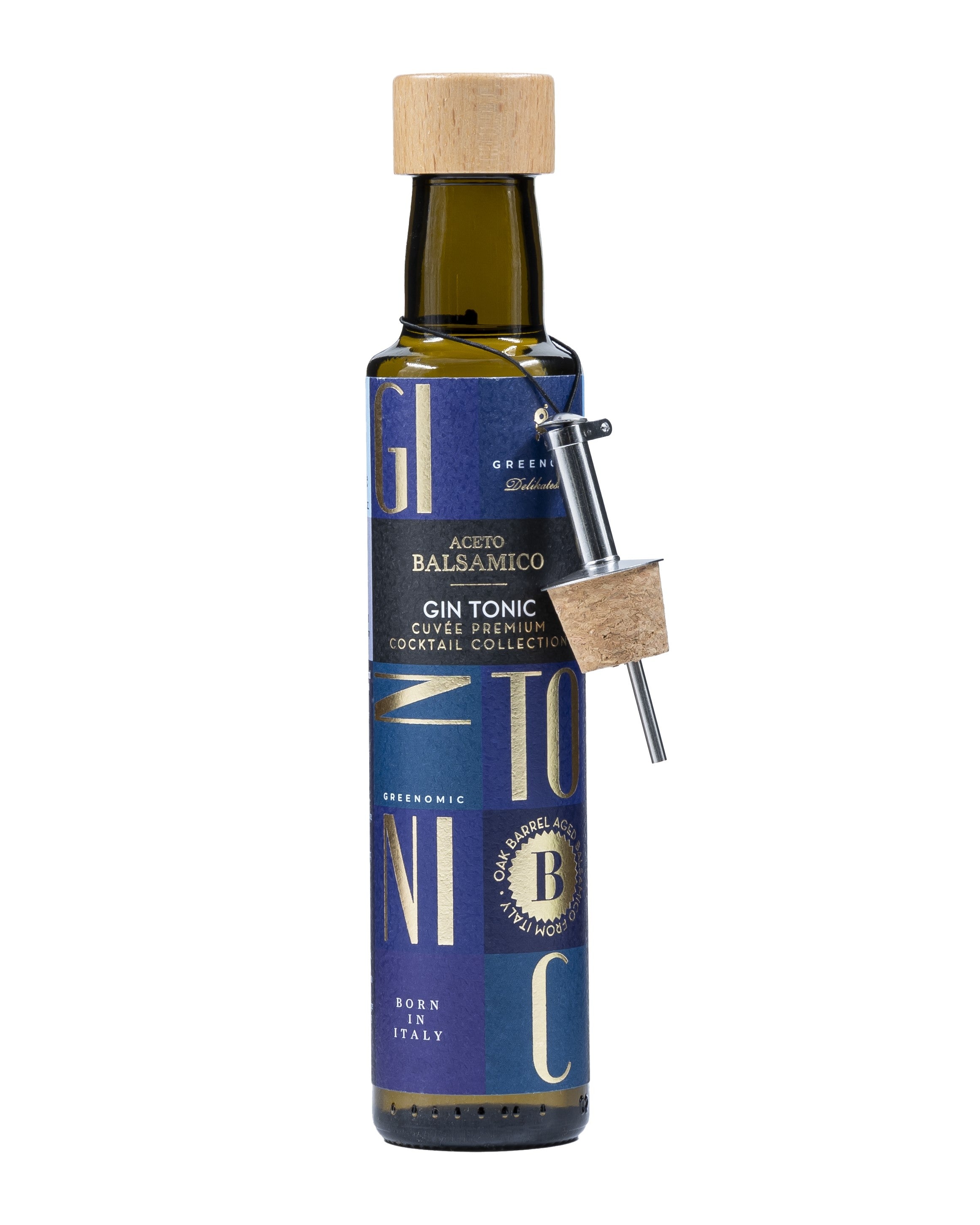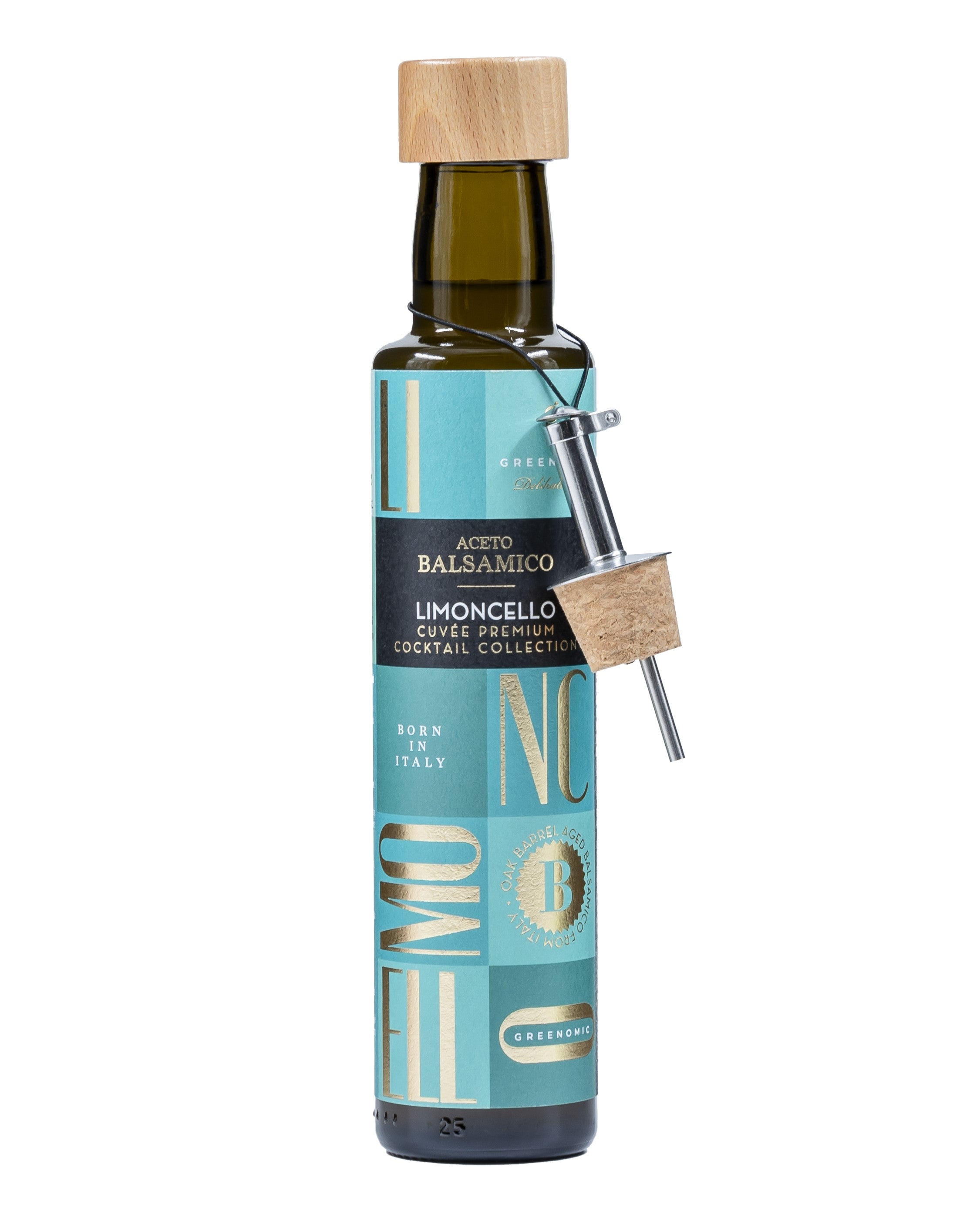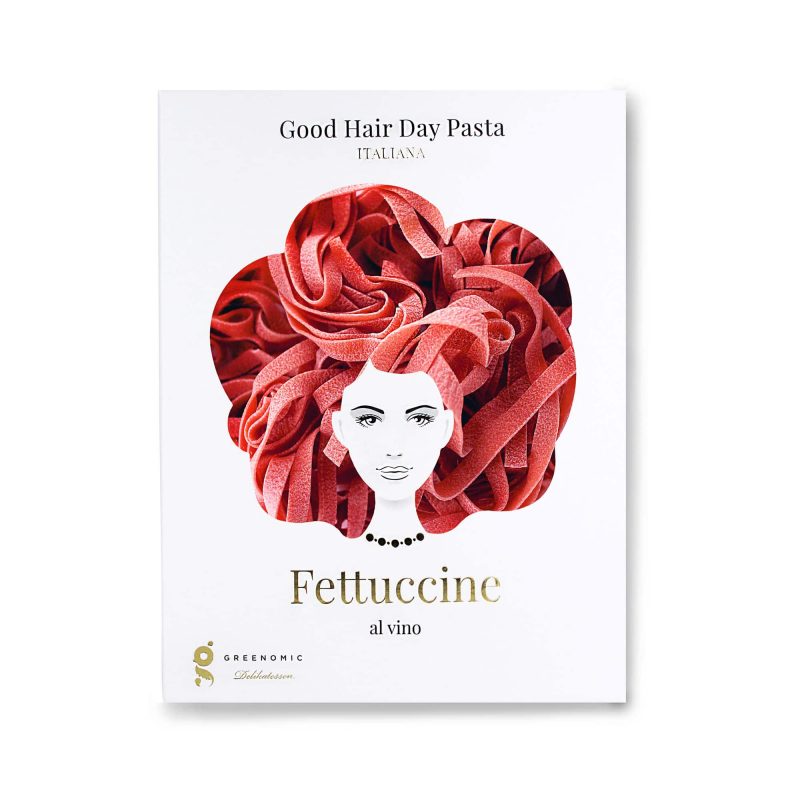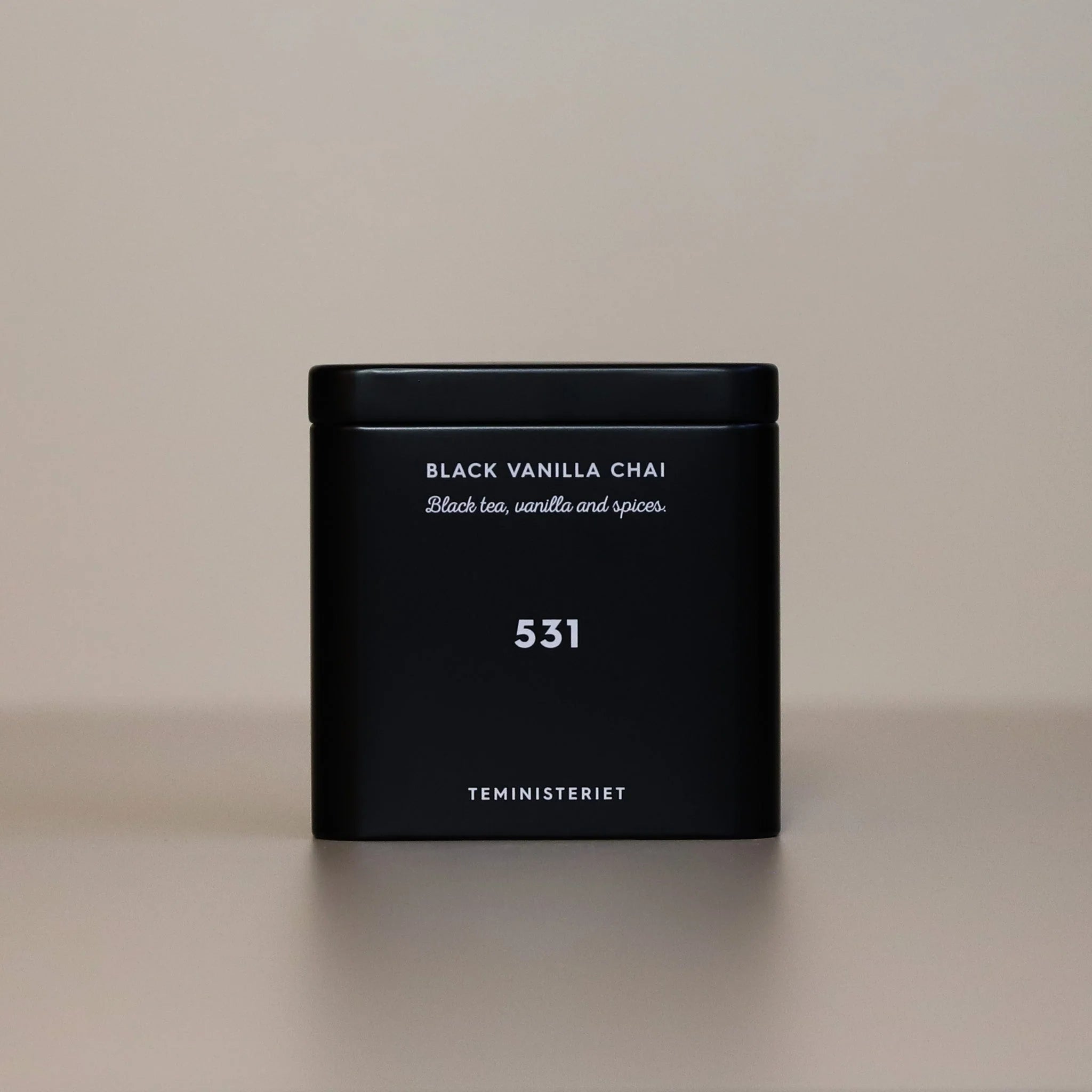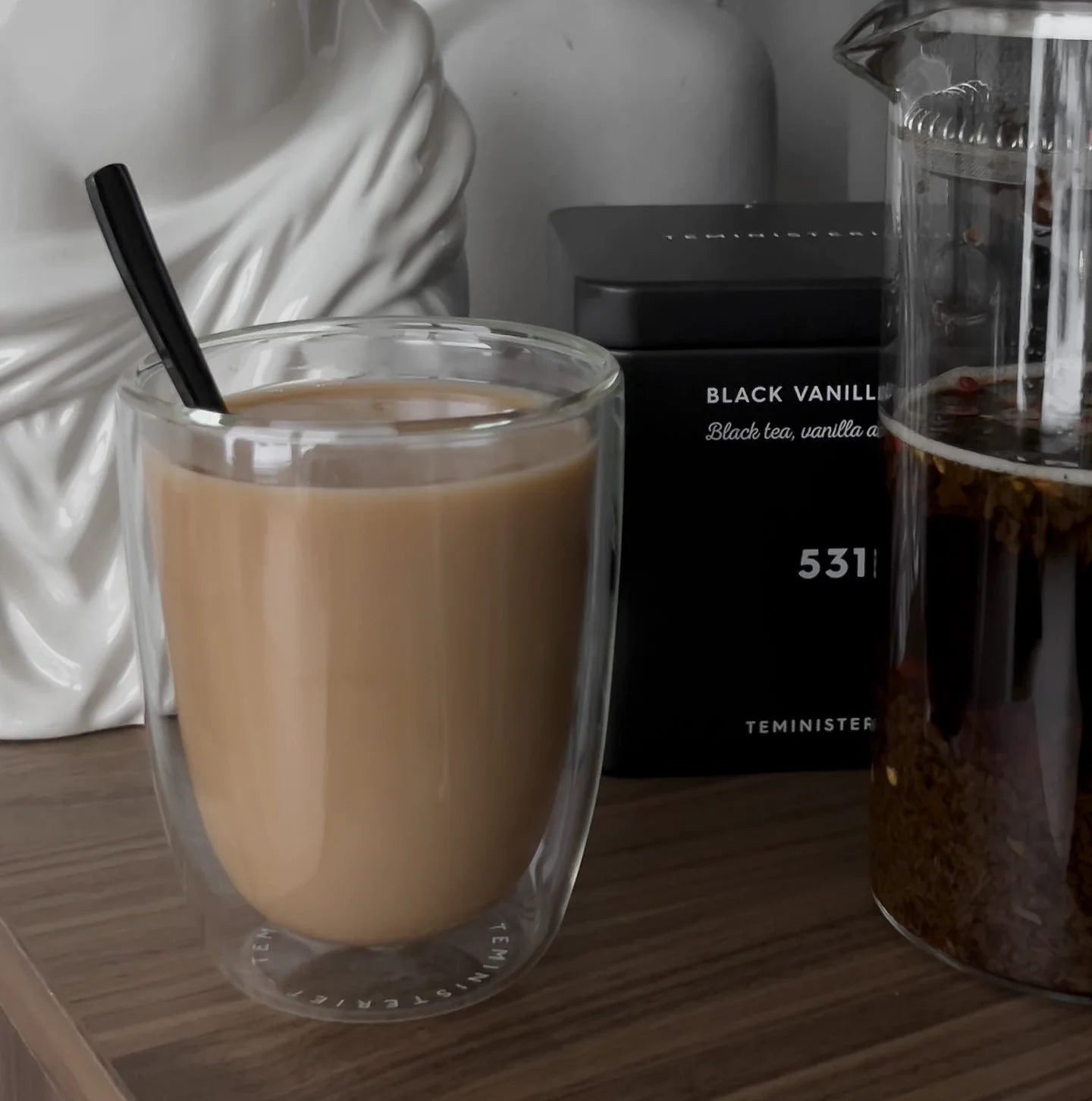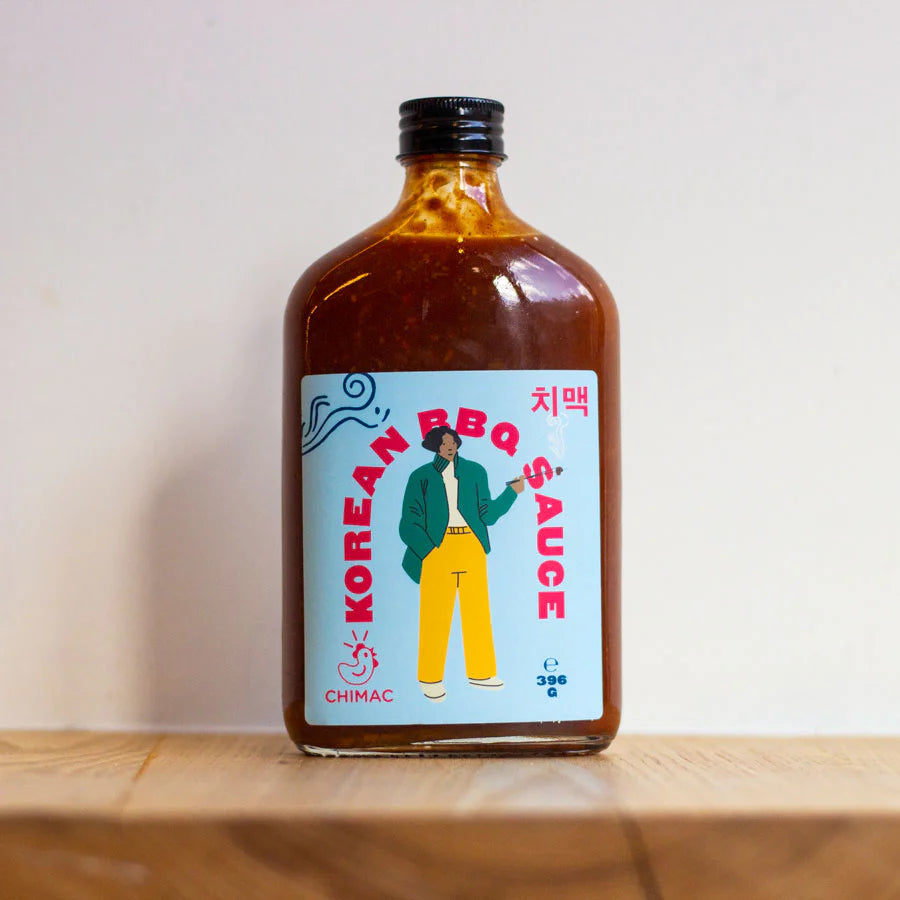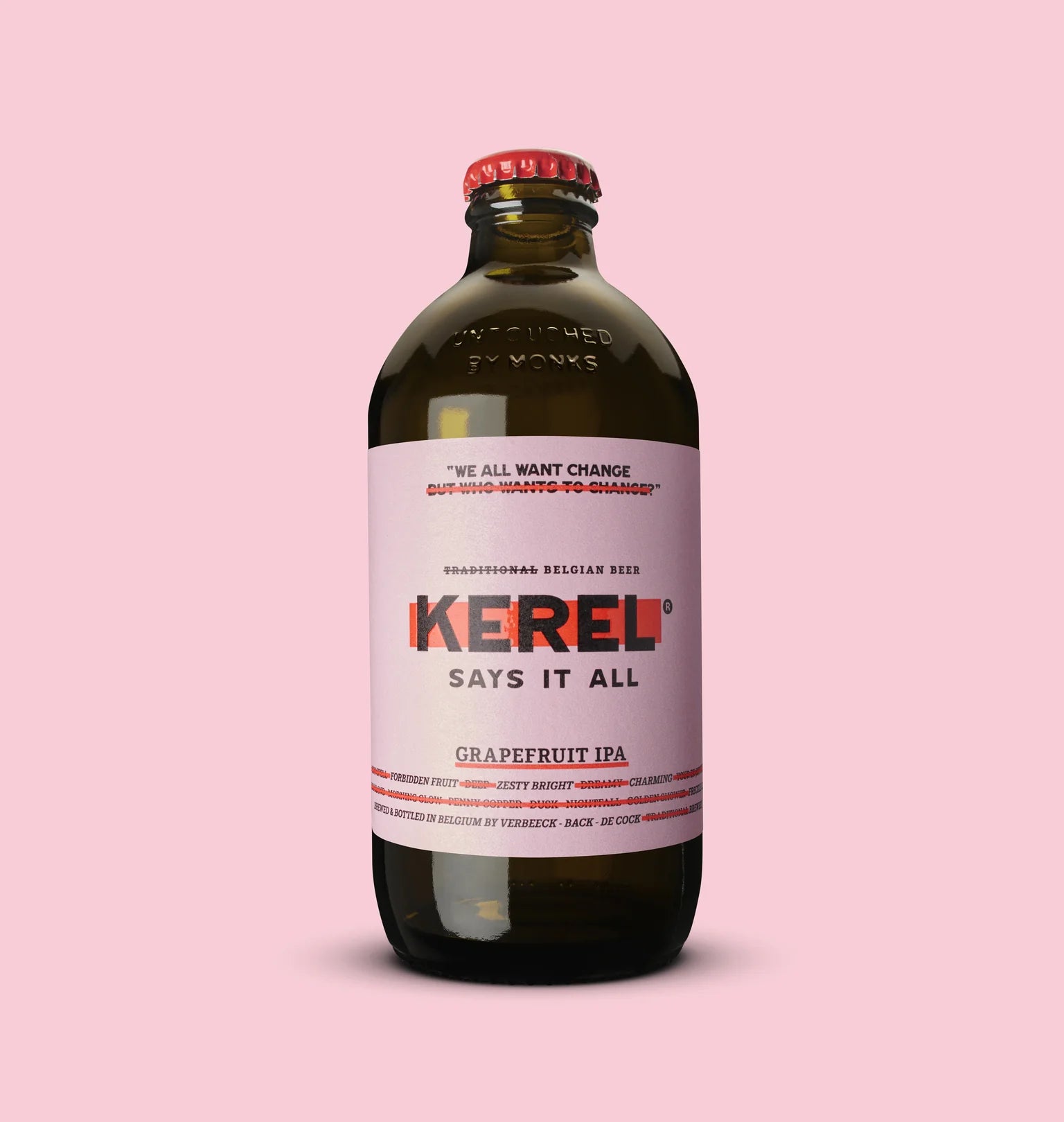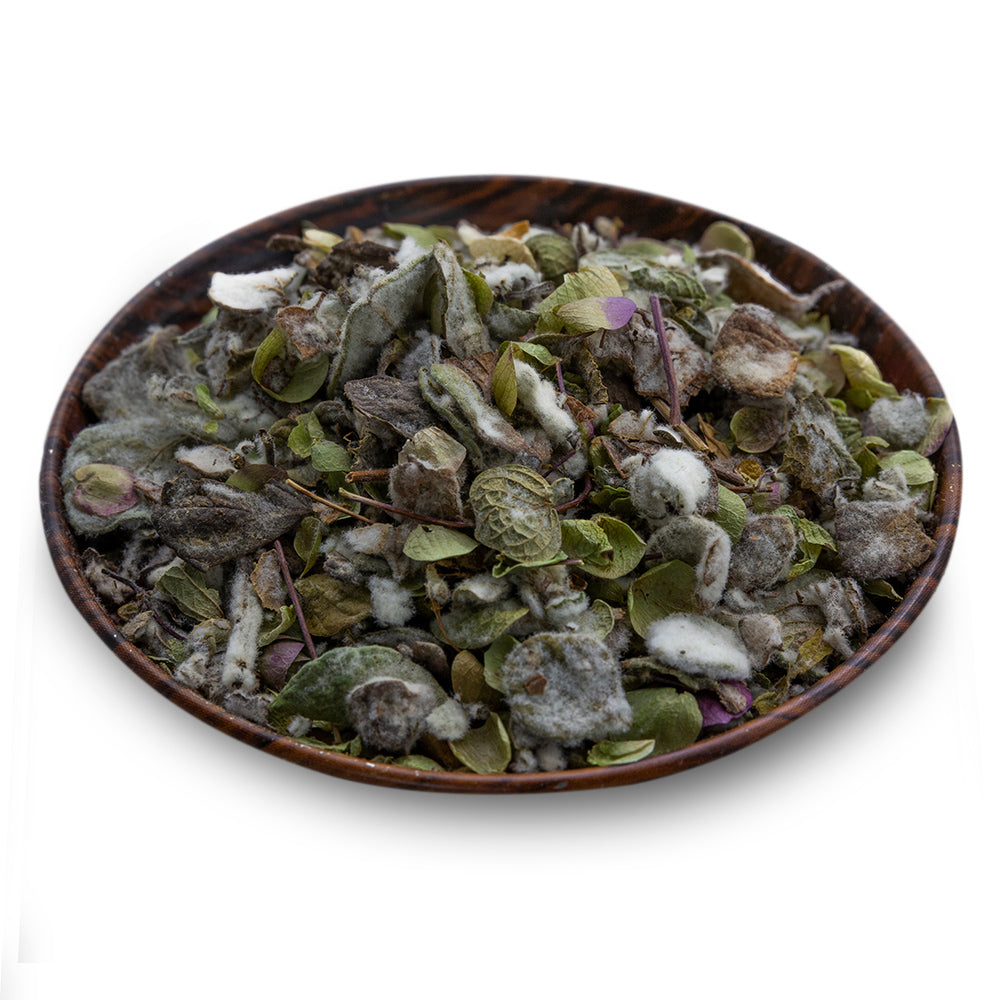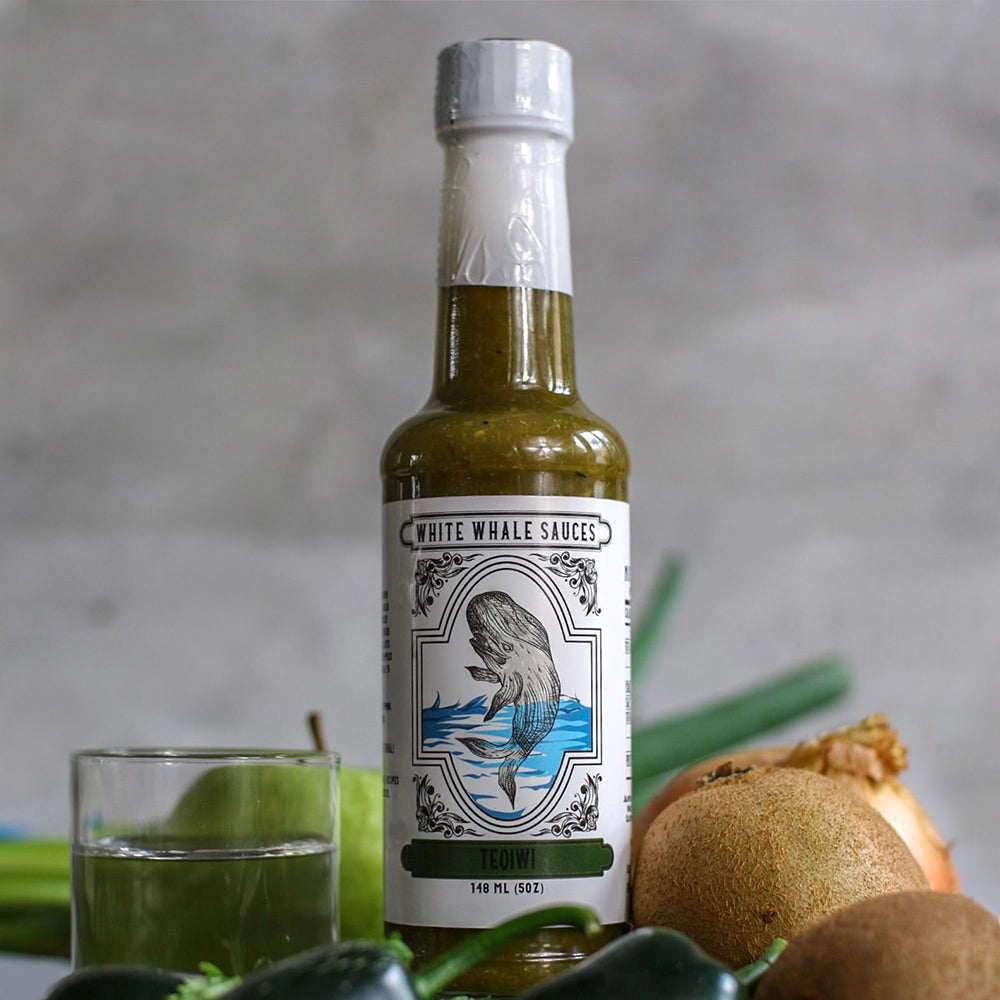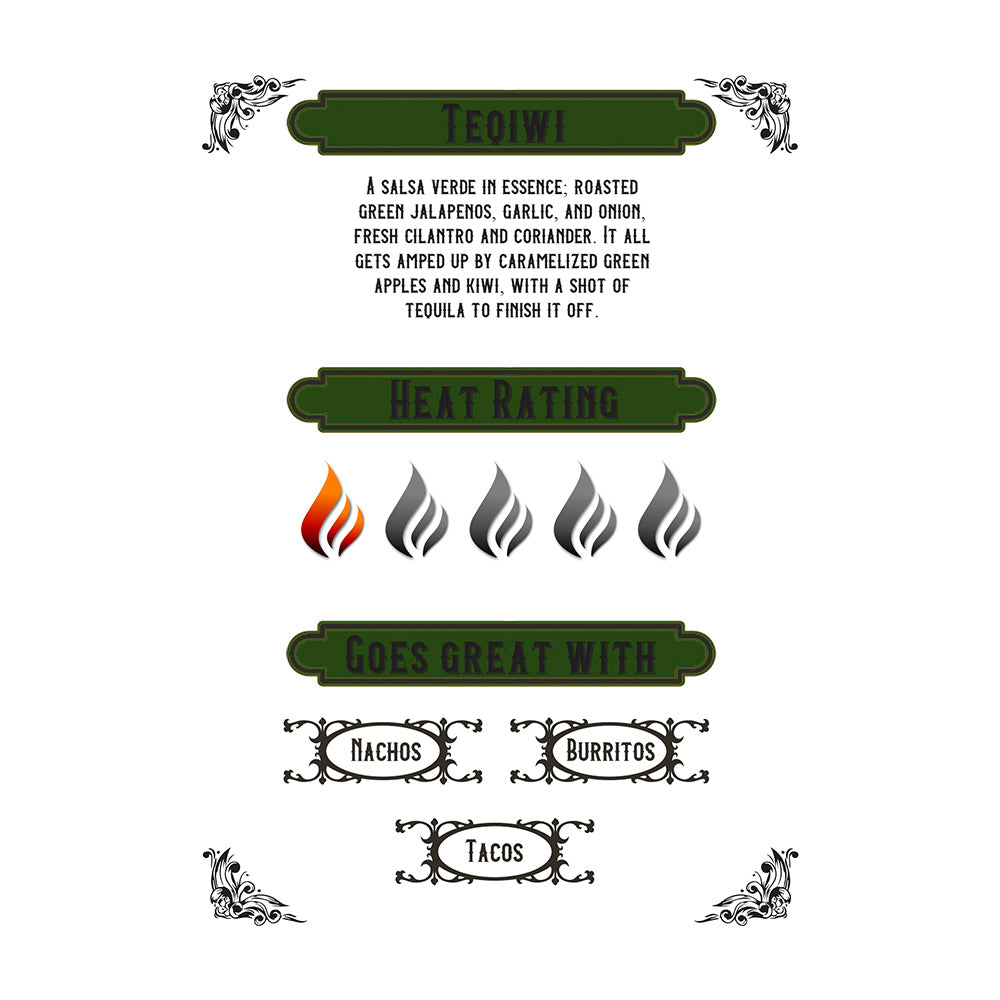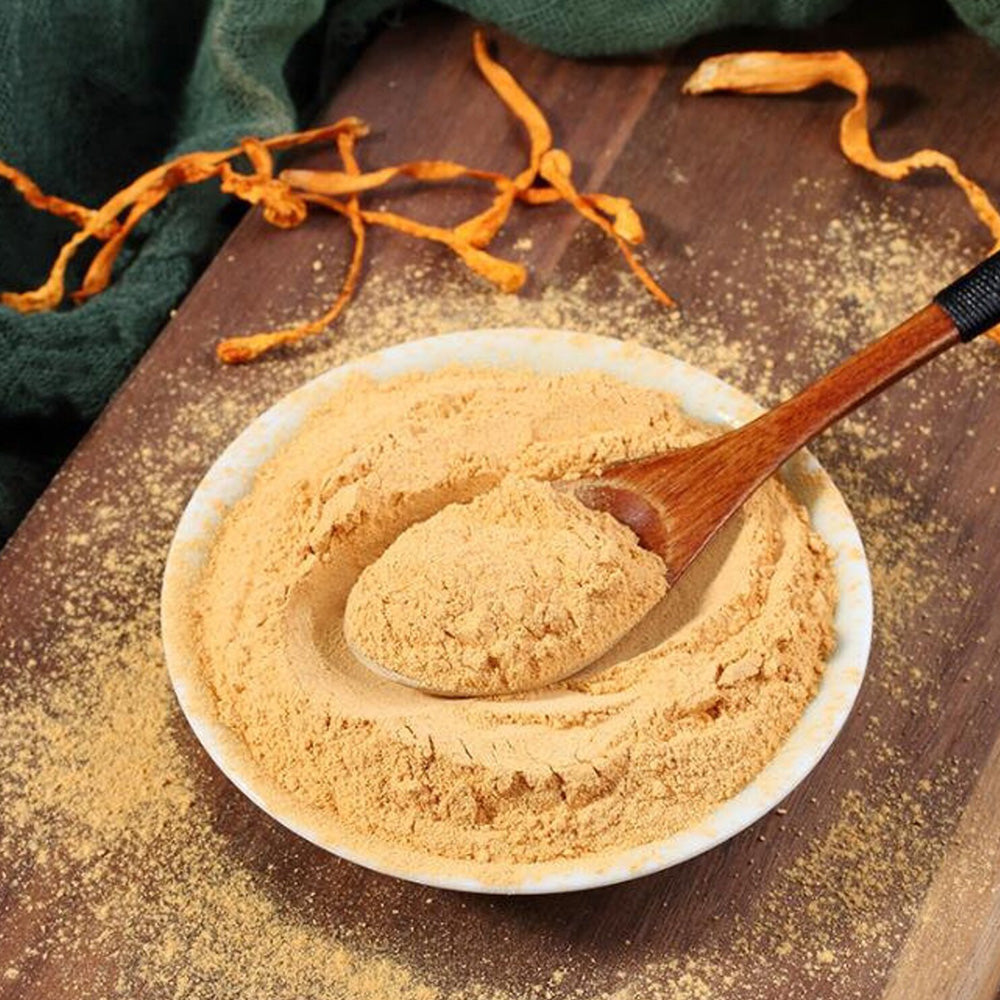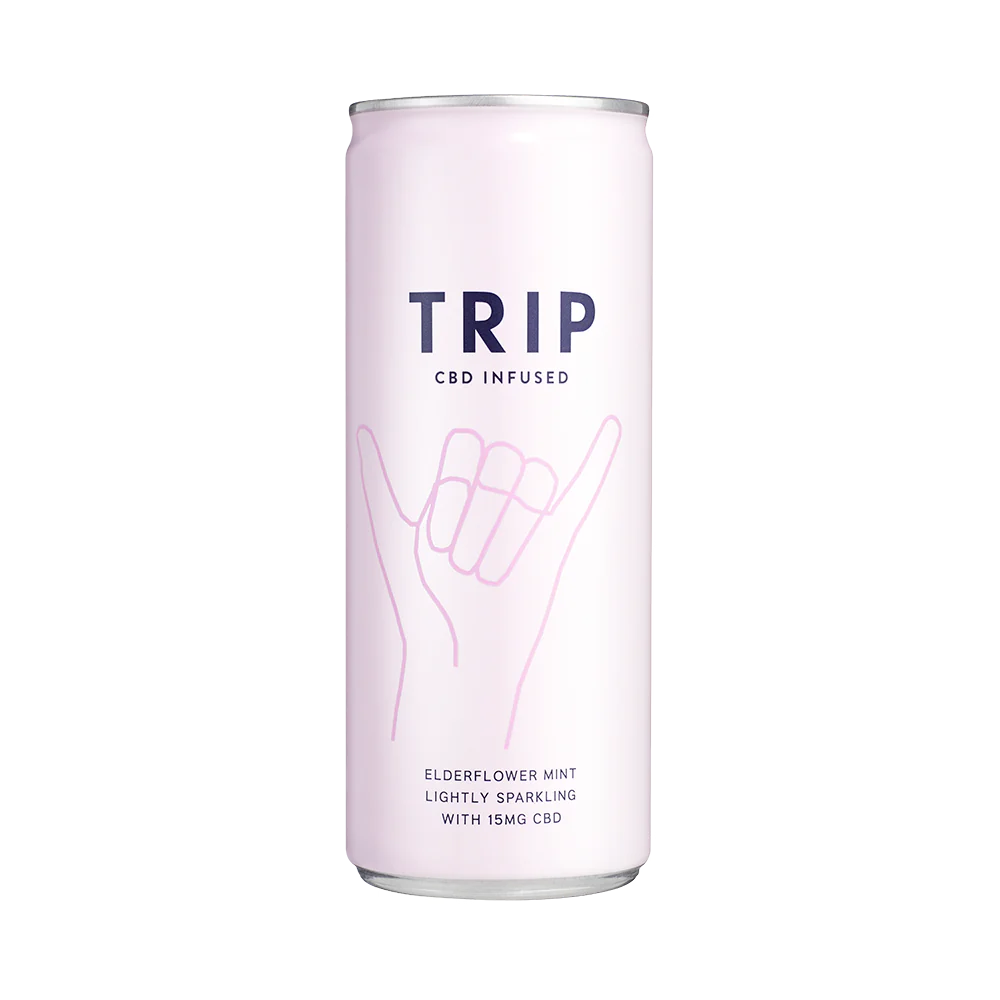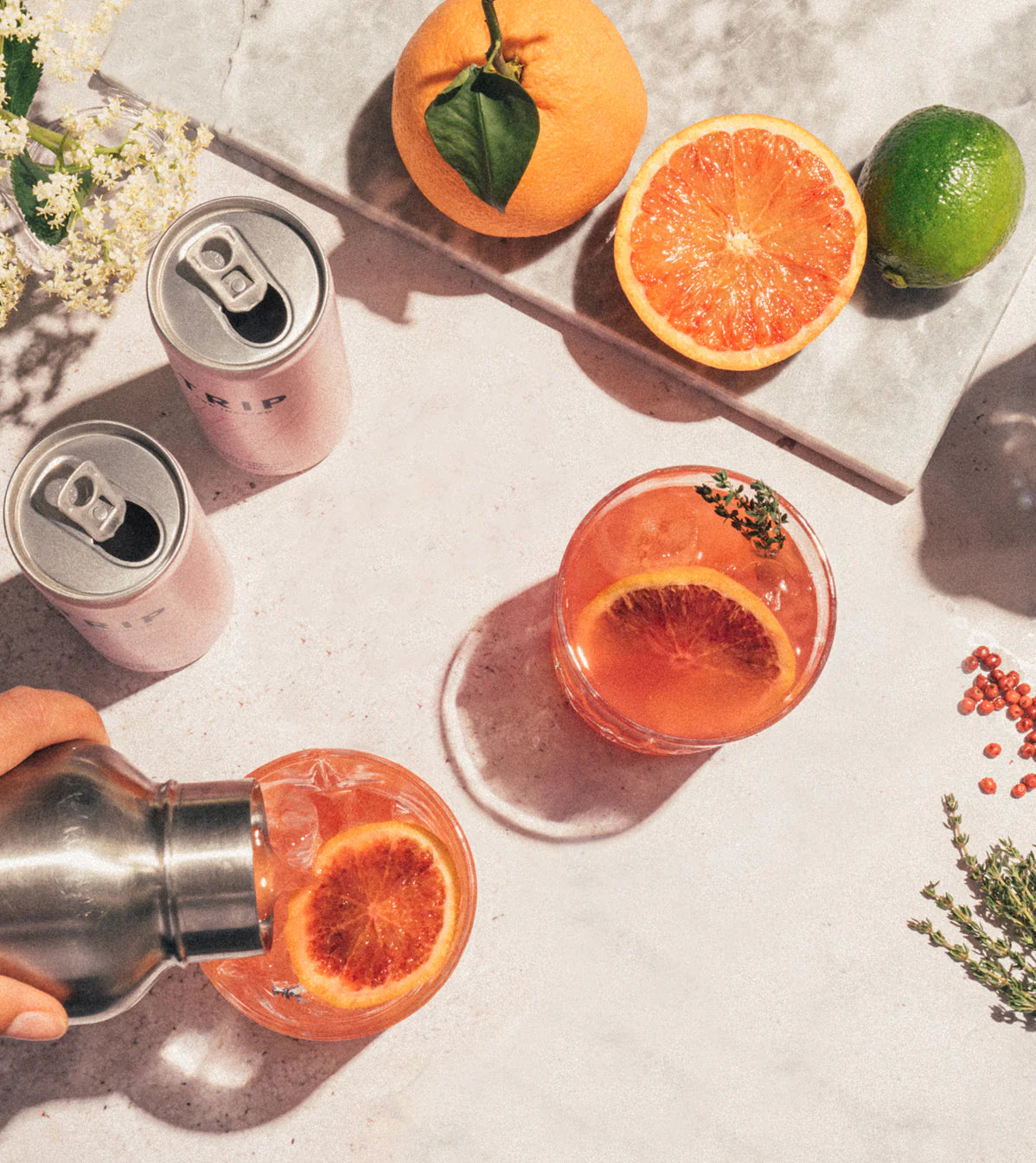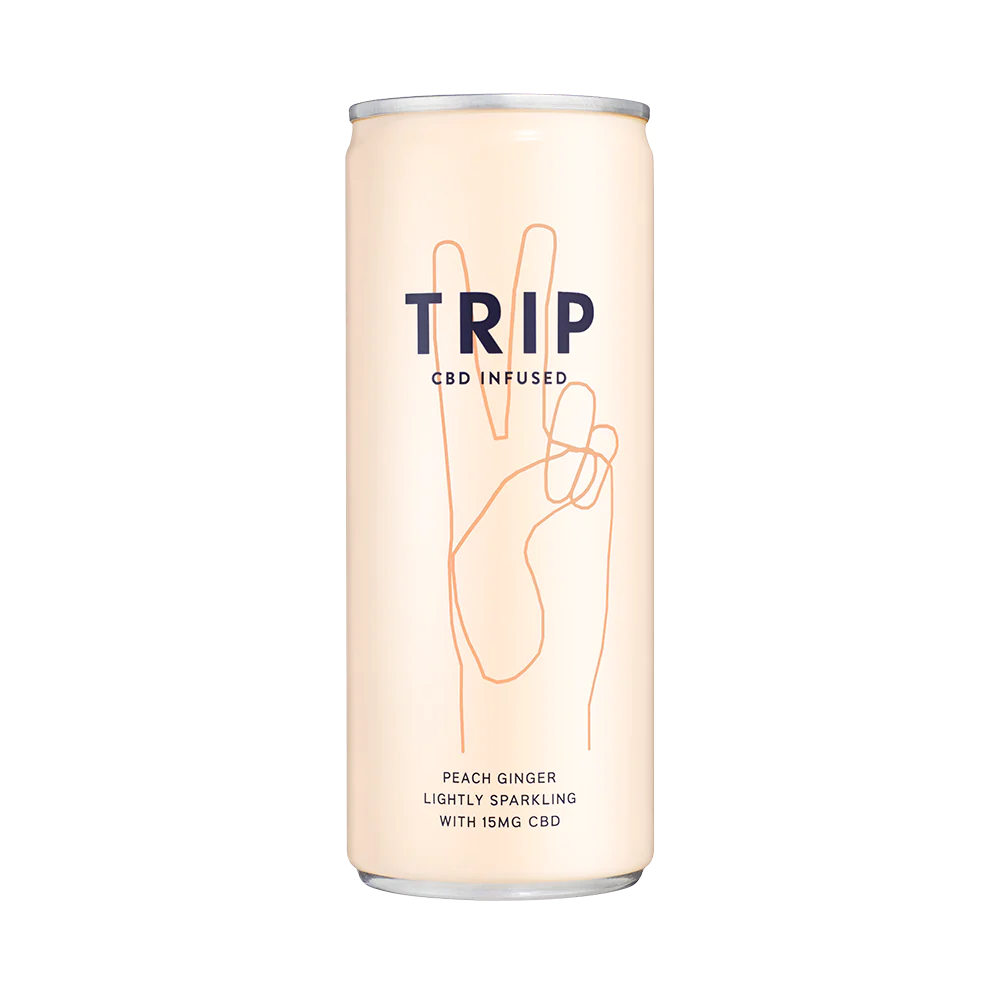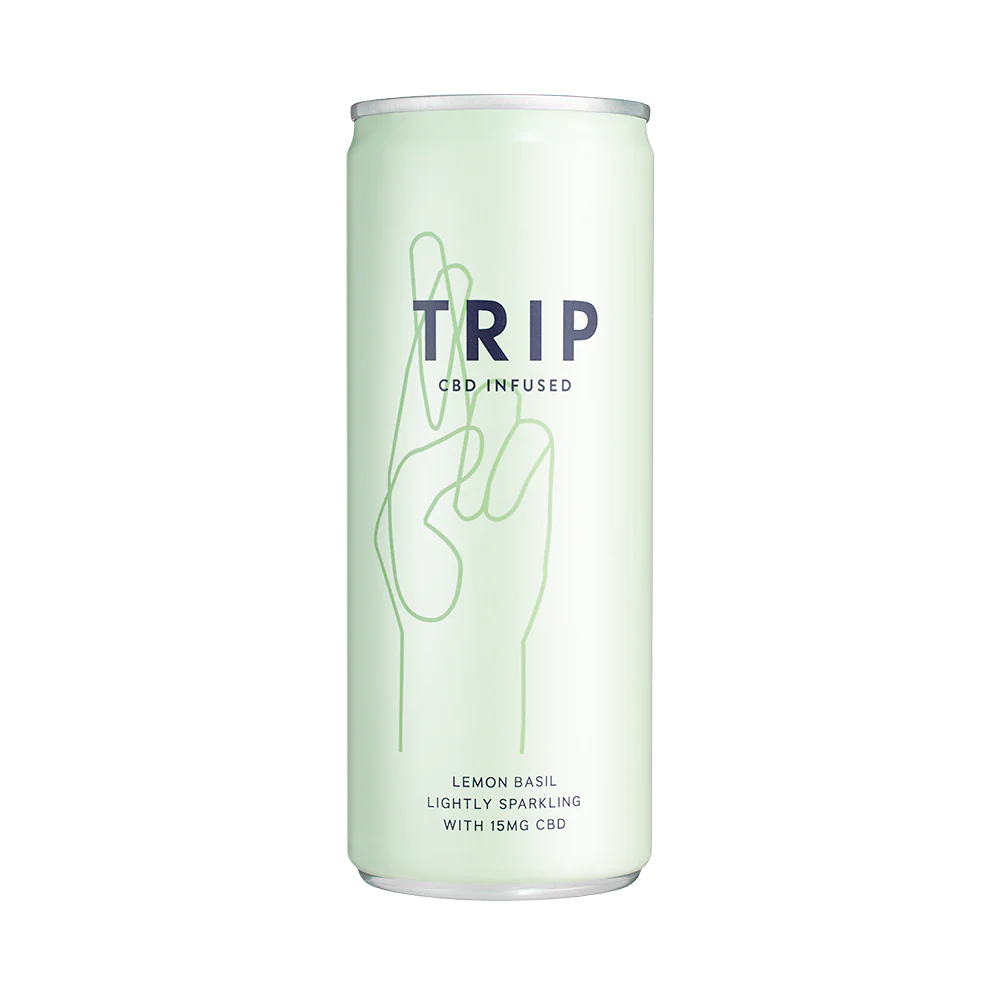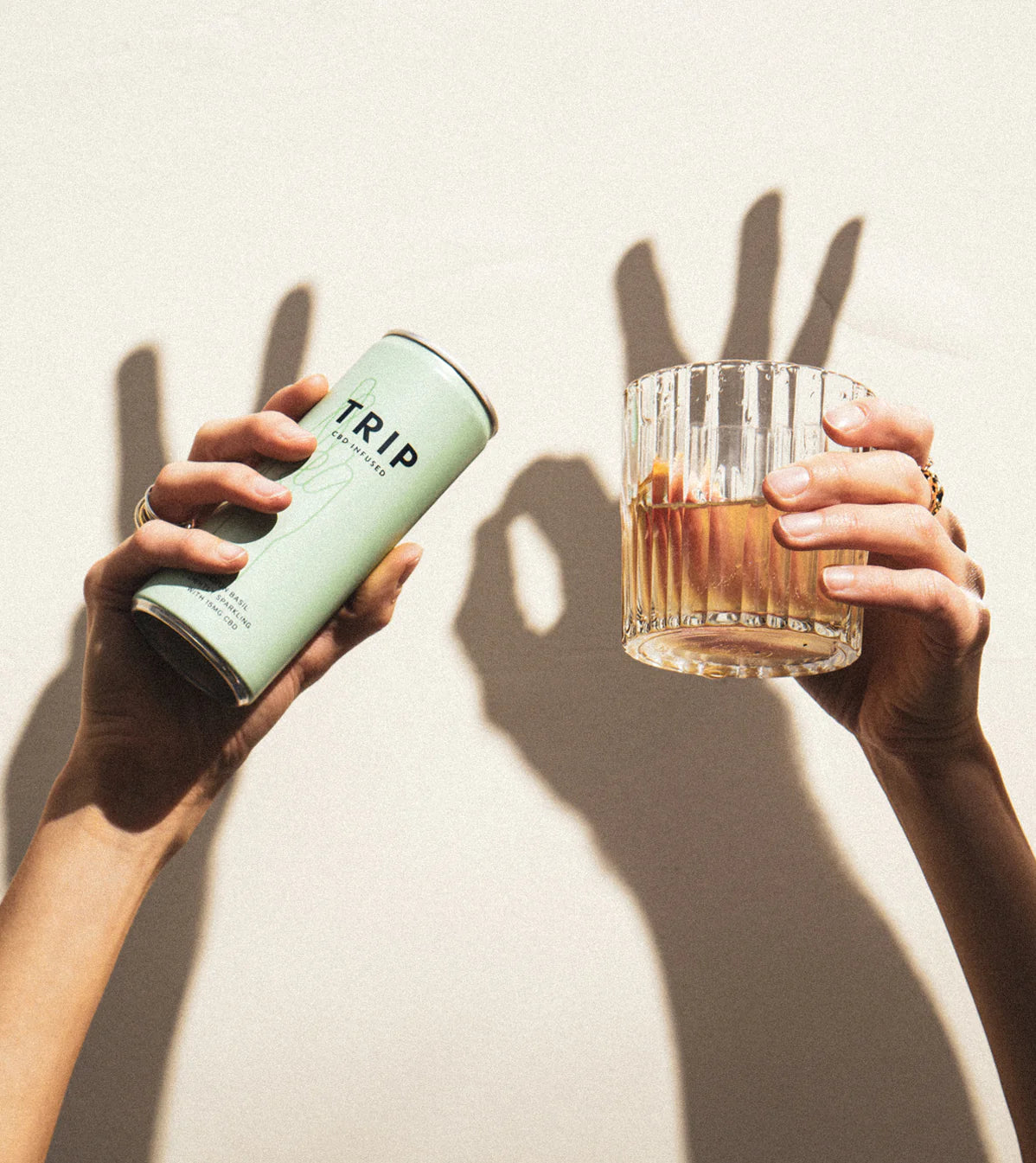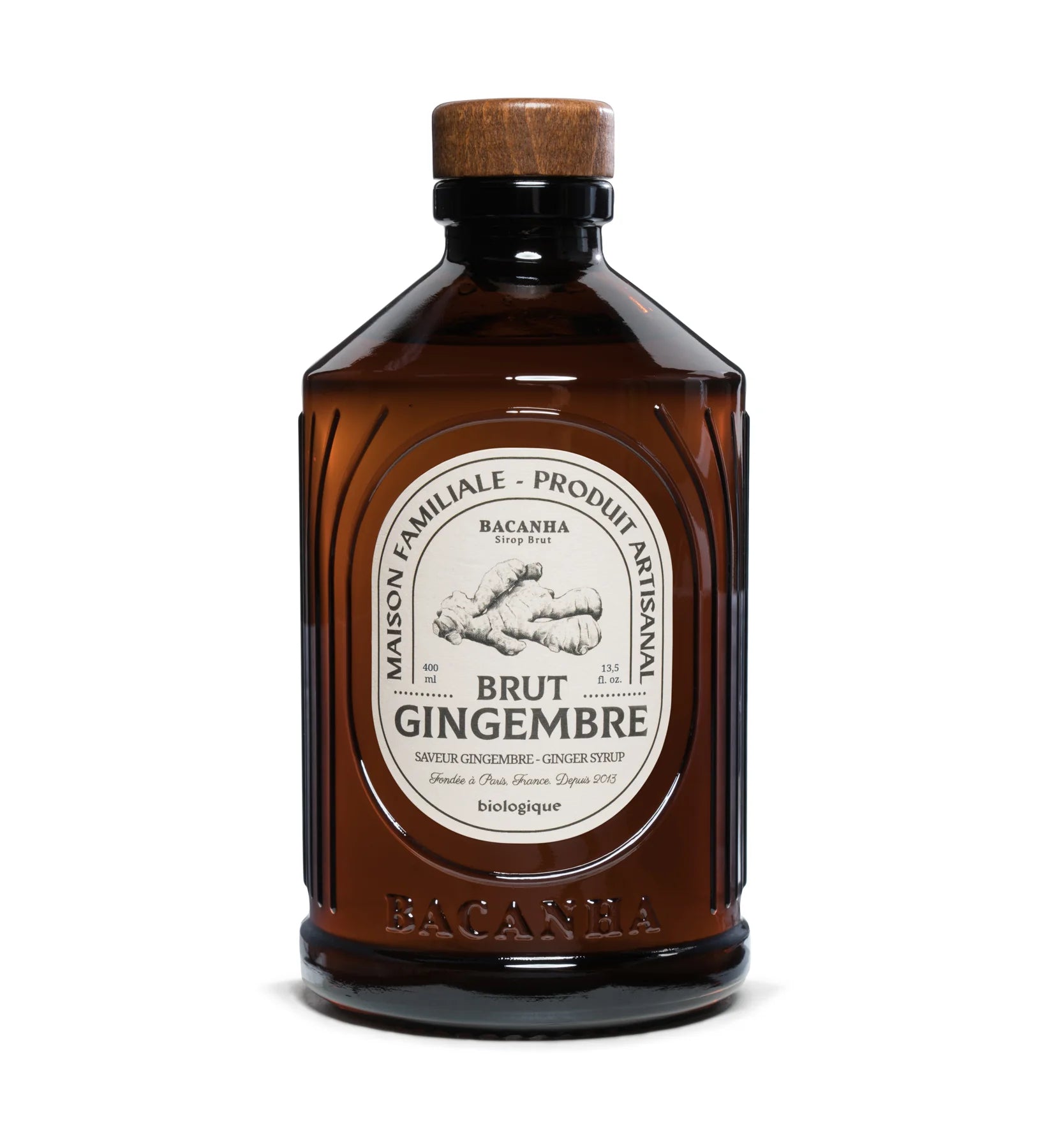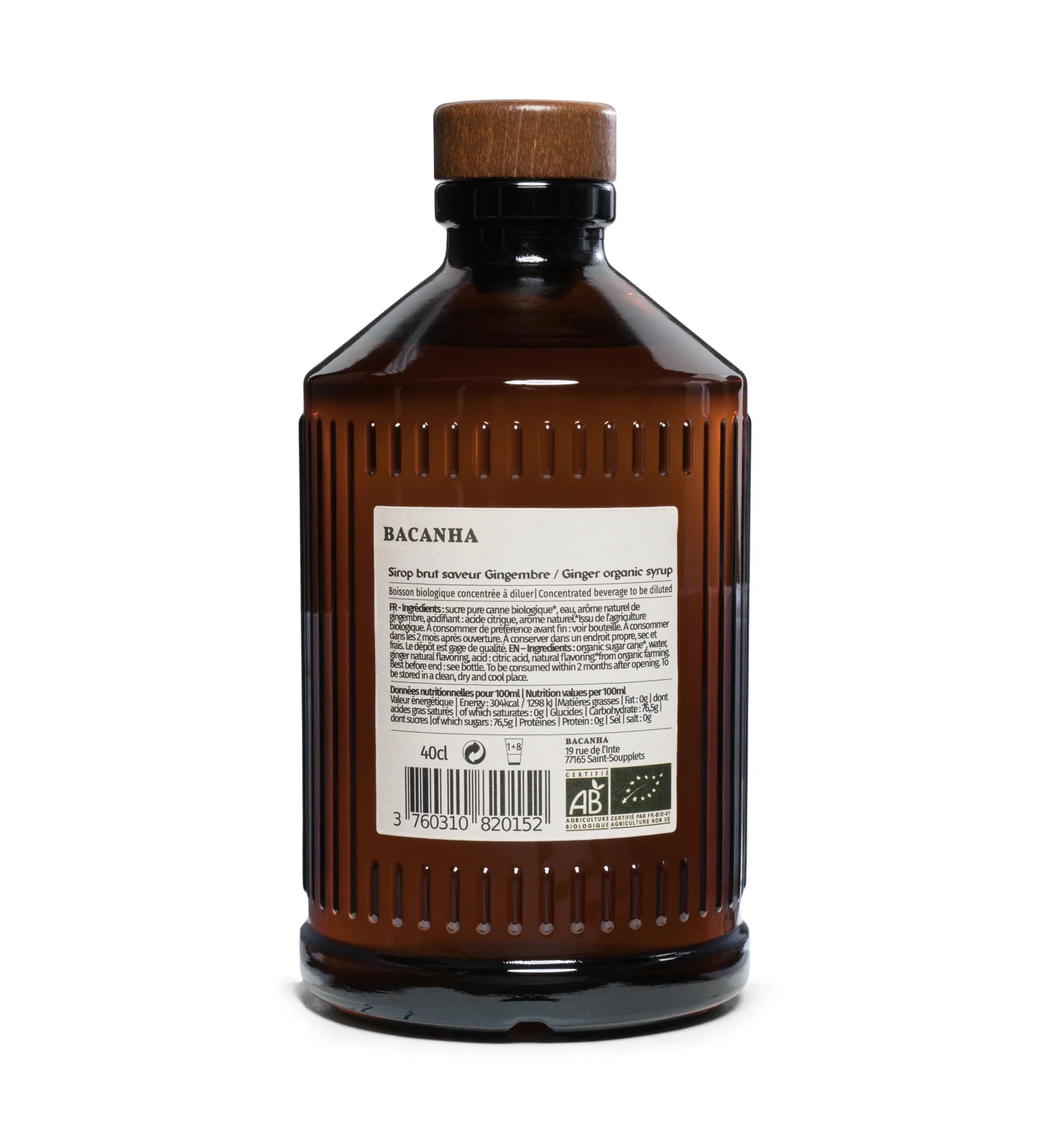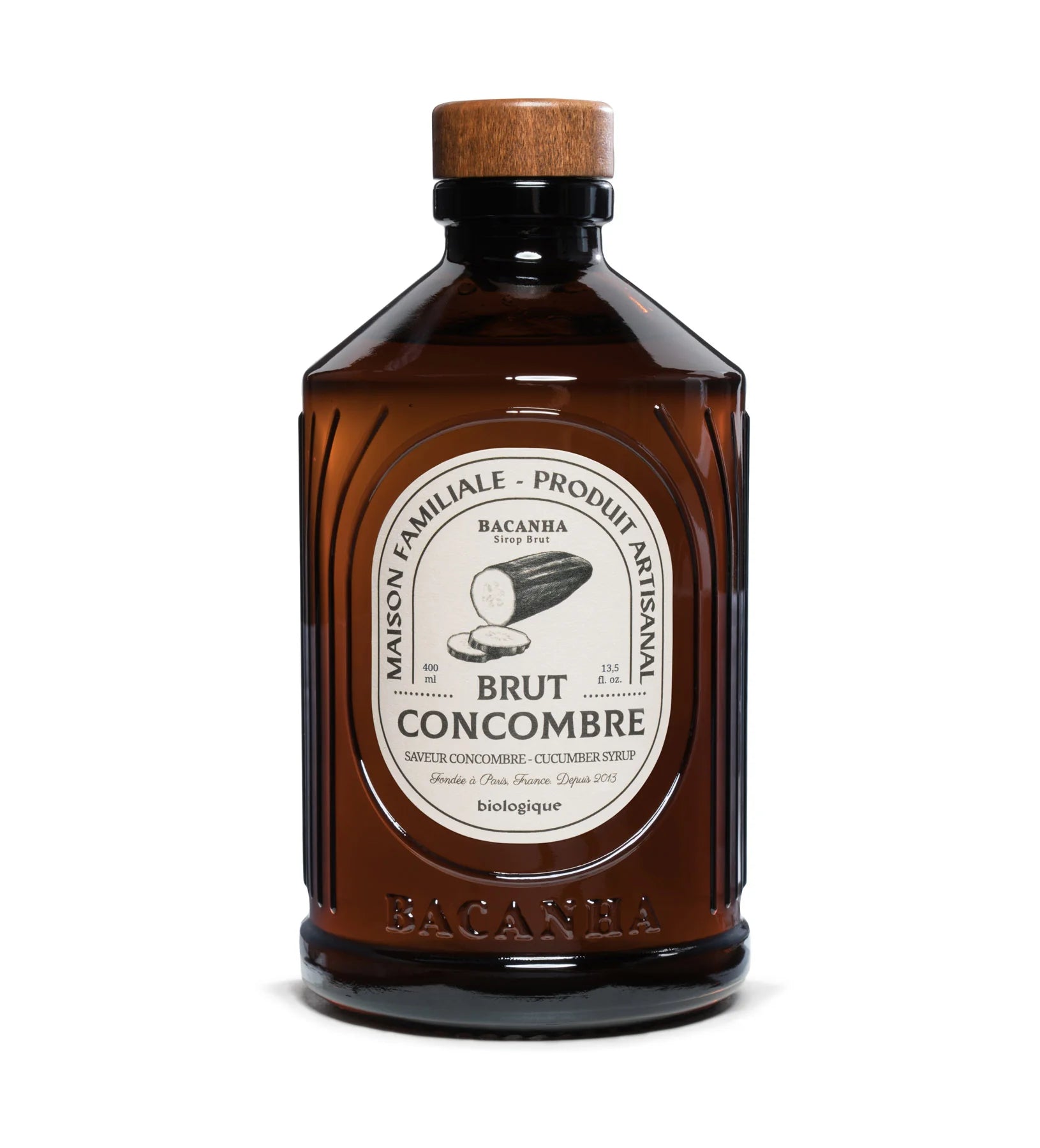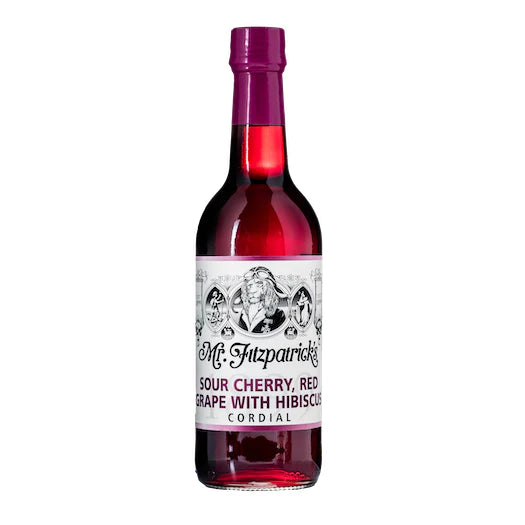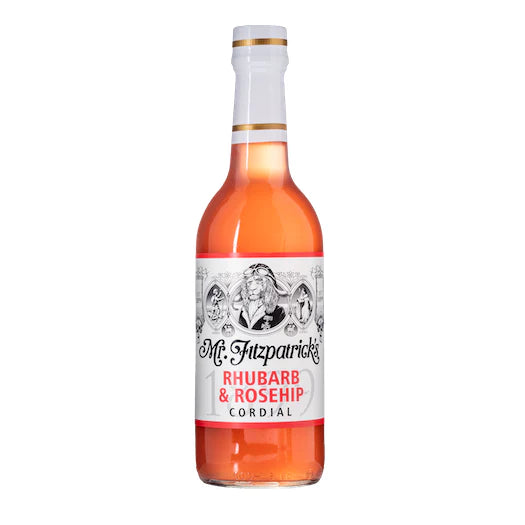About Cinnamon Ceylon Sticks Organic
Ceylon cinnamon sticks are also known as “true” cinnamon sticks.
Ceylon cinnamon is a spice made from the inner bark of the cinnamon tree. To produce cinnamon, the tree’s bark is harvested, dried and fermented. Then its outer layer is removed. As it dries, the inner bark are curled by hand into long “quills”, which are graded and cut. It is native to the island of Sri Lanka and is now notably cultivated in Myanmar, Vietnam, Indonesia and the islands of Seychelles off the coast of East Africa. It has been used as an ingredient throughout history, dating back as far as Ancient Egypt.
Cinnamon has also non-culinary uses in perfumery and as a natural antiseptic. According to Chinese medicine it can be used as a way of treating a wide range of ailments, including nausea and colds. The spice is a rich source of vitamin K, calcium, iron, and fiber and contains high amounts of vitamin E, and zinc.
Ceylon cinnamon’s health benefits are due to the various health-enhancing compounds it contains, like Terpenoids, Cinnamic acid and Cinnamaldehyde. Cinnamic acid is a powerful antioxidant that helps to relieve high blood pressure and prevent related diseases. Cinnamaldehyde helps to improve blood flow. Cinnamon’s effects on the metabolism can help the brain’s response to insulin. Research suggests a connection between that response and Alzheimer’s disease. As a result, cinnamon may be able to stop the progression of Alzheimer’s disease.
Storage and shelf life
Store organic cinnamon sticks in a dry and sealable food storage container – we recommend glass. Keep the container in a cool, dry and dark area out of the sun and heat. Sunlight and heat can reduce the nutritional quality of the powder. Keep the container away from liquids that may leak into it.
Organic cinnamon sticks, when properly stored, have a shelf life for up to 2 years.
Shipping and delivery
The product is available for delivery and pick up from our store in de Pijp.
The product is delivered in recycled paper bags.
Nutricional information
Per stick (1,3g)
Calories 3,2
Total Fat 0 g
Saturated Fat 0 g
Polyunsaturated Fat 0 g
Monounsaturated Fat 0 g
Cholesterol 0 mg
Sodium 0,1 mg
Potassium 5,6 mg
Total Carbohydrates 1 g
Dietary Fiber 0,7 g
Sugars 0 g
Protein 0,1 g
Allergens: No known allergens.
How to use
Cinnamon does not in itself taste sweet, but rather it enhances the perception of sweetness in other ingredients. It is perfect for sweet bakes and deserts and for drawing out sweet notes in savory dishes. Use Ceylon cinnamon sticks in liquid preparations that require you to immerse the stick. The taste components in cinnamon need time to escape from its woody matrix but don’t worry: the key critical flavor compound doesn’t dissolve in water. Fat and alcohol will help disperse that compound.
Ceylon cinnamon sticks are great in mulled wines, stews, and curries. Also, adds a twist in your hot chocolate and flavor and health benefits to your tea. A cinnamon-infused tomato sauce makes an excellent topping for baked eggplants.
Flavor Pairings
Peach, apples, apricots, pears, bananas, blueberries, orange, pork, beef, chocolate, coffee, rice, almonds, eggplant, lime, cardamom, cloves, coriander seed, cumin, ginger, nutmeg, tamarind, vanilla, honey.
Other interesting information
Arab traders brought Ceylon cinnamon to Europe where it became a luxury ingredient for the wealthy. The use of this spice became a status symbol. The traders were able to keep the source of true cinnamon a secret all the way up to the 16th century, thus preserving their monopoly on it. In the early 16th century, the Portuguese discovered cinnamon in Sri Lanka and conquered the Kotto people there. Having enslaved those Sri Lankans, they took control of the cinnamon trade for the next century. That is until the Dutch made contact with neighboring kingdom and ousted the Portuguese. The Dutch would rule Ceylon and the cinnamon trade for the next 150 years.
In 1757, Sri Lanka’s Dutch governor began the systematic cultivation of Ceylon cinnamon. He was the first to do so. The Dutch would lose control of Sri Lanka to the British in 1796 and would hold the monopoly on cinnamon until 1833; however, the importance of that monopoly would decline. The reason for the decline was twofold: other countries began cultivating Ceylon cinnamon and cassia cinnamon was growing in popularity as a Ceylon cinnamon alternative. Ceylon cinnamon is now cultivated in various parts of the world with tropical climates, including the West Indies and South America.
Coumarin is a flavouring substance which is contained in relatively high concentrations in Cassia cinnamon (cassia cinnamon sticks contained 18 times more coumarin than Ceylon sticks). Ceylon cinnamon contains much lower levels of this substance and is safer to use. While Cassia cinnamon is safe to eat in small to moderate amounts, eating too much may cause health problems since coumarin is a blood thinner known to cause liver damage.
